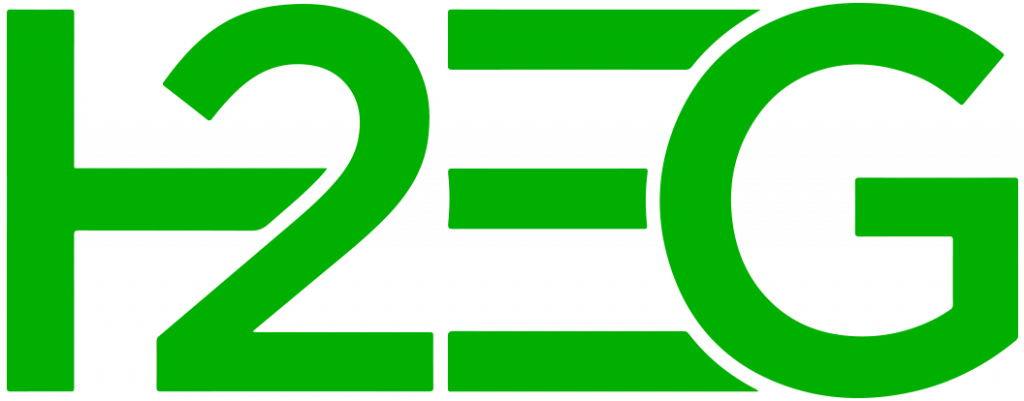Dubbed the Power Barge, the solutions comprises TECO 2030 fuel cell modules, batteries, power electronics, safety and automatic systems, hydrogen storage, and refuelling solution to form a scalable, multi-megawatt solution for shore power from hydrogen, according to the firm.
TECO 2030 says the concept offers increased safety, operational costs, reduced land area use, increased flexibility, as well as eliminating emissions.
Tore Enger, Group CEO of TECO 2030, said, “The floating and mobile solution for shore power in locations with insufficient electrical grid and for ships at anchor will become a game changer in reducing and eliminating harmful emissions along our coastlines and in ports. Fuel Cells can be used for almost any application and infrastructure solutions where power generation is needed.”
On September 8 (2022), TECO 2030 revealed it had signed an agreement with thyssenkrupp Automation Engineering to see a PEM fuel cell production line supplied to its Narvik facility, in a step to building up capacity to produce 1.2GW of fuel cells annually by 2030.
Read more: thyssenkrupp to supply PEM fuel cell production line to TECO 2030’s Narvik site
A dream team for decarbonisation – TECO 2030 and its vision for maritime markets
© TECO 2030
Take a look at any of the significant developments in decarbonising transportation and specifically maritime markets in the past 12 months, and you’ll see that TECO 2030 is rarely far from the headlines.
The company is embedded in the transition to sustainability on our seas and waterways. In fact, its own tagline explains that TECO 2030 ‘accelerates the green transition in the maritime sector by delivering technology that helps ships to reduce their environmental and climate impacts.’
A core element in that quest is hydrogen fuel cell technology and propulsion, and the company first showed its support for the clean fuel back in September 2020, when it jointly announced an agreement with engineering firm AVL List GmbH to develop a hydrogen fuel cell system specifically designed for heavy-duty marine applications. Under the three-year agreement, the two companies set out to market the first proton-exchange membrane (PEM) fuel cell system specifically designed for heavy-duty marine use, offering emission free propulsion by using hydrogen as fuel.
Click here to keep reading.

